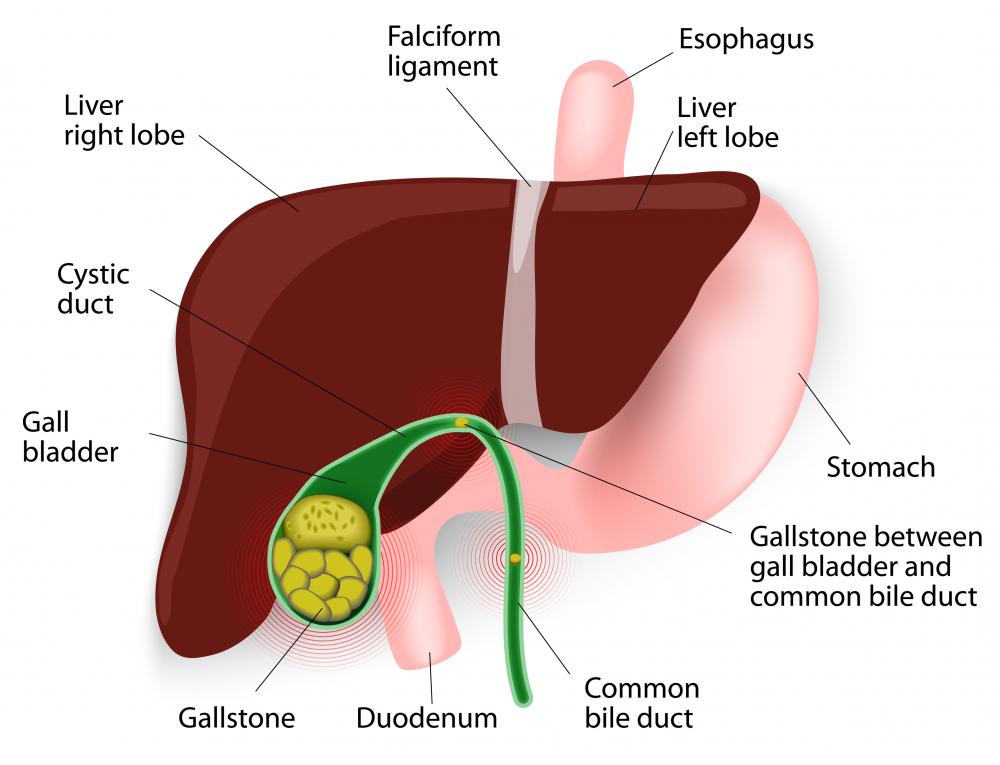At WiseGEEK, we're committed to delivering accurate, trustworthy information. Our expert-authored content is rigorously fact-checked and sourced from credible authorities. Discover how we uphold the highest standards in providing you with reliable knowledge.
What is Panchakarma?
Panchakarma is a cleansing and detoxifying process in Ayurvedic medicine. This practice is often conducted in five phases, pancha being the word for five, and karma being the word for action. These phases include administering enemas, taking laxatives, cleansing the sinuses, inducing vomiting, and cleansing the blood. Only vegetables, whole grains, and certain beverages are to be consumed immediately prior to and following panchakarma. Once the process is complete, a person is believed to be spiritually and physically cleansed.
Ayurveda is a holistic medical practice, spiritual system, and way of life. Its roots lie in India. According to Ayurveda, people are exposed to stress and toxins throughout their lives, which weaken the body and immune system. Through panchakarma, the body can be cleansed physically and spiritually.

Prior to the actual panchakarma process, a phase called purna karma prepares the body for cleansing. All caffeinated products, alcohol, processed foods, and high-sugar foods are eliminated from the diet for one to three weeks. In the week that follows, a person's diet should consist of mostly vegetables and whole grain products. Meditation, relaxation, and connection with nature are encouraged during this process in order to reduce stress.

Panchakarma varies slightly depending on which institute, doctor, or Ayurveda hotel is consulted. This practice also varies depending on what part of the world it is practiced in. Wherever it is performed, the common phases include enemas, laxatives, and nasal cleansing. People often fast during panchakarma as well, usually only drinking a warm herbal beverage made with cumin, coriander, cinnamon, cardamom, pepper, and ginger during the day. Other natural beverages may also be consumed during fasting, such as one made with hot water and clarified butter, or ghee.

Purgation, or virechana, is a universal facet of panchakarma. During this phase, fasting may take place and laxatives may be administered. This practice is considered helpful for cleansing the gastro-intestinal tract and cleaning toxins from the liver and gall bladder.
Enemas may be given during a phase called basti. This is usually practiced daily over a long span. Basti may last for up to 30 days. It is believed to help relieve back pain, cure digestive disorders, and promote sexual health.

The nasya phase of consists of nasal cleansing. Like basti, nasya may take place every day for up to 30 days. Nasya is conducted to improve memory, eye sight, and voice clarity, while also preventing premature hair graying, body stiffness, and sinus disorders.
Two phases of panchakarma that are often practiced in India include vamana and raktamokshana. Emesis, or vomiting, is induced during vamana to remove toxins, cleans the respiratory tract, cure indigestion, ward off obesity, and cure various other ailments. Raktakmoshana consists of blood cleansing, which is performed either with sharp instruments or leeches. Neither of these practices are usually conducted in Western societies, and western ayurvedic doctors are not likely to recommend them.
In the final rejuvenation phase, vegetables and whole grains are gradually reintroduced into the diet. Physical and emotional healing are meant to be experienced during rejuvenation. Additionally, it is believed that people should then be able to face inner conflicts or issues that they have suppressed throughout their lives.
AS FEATURED ON:
AS FEATURED ON:














Discuss this Article
Post your comments